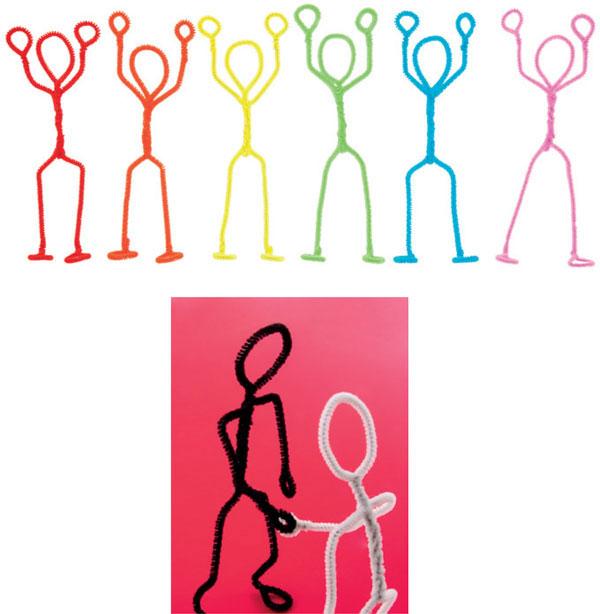Create To Communicate
LESSON 4
IMAGINARY CHARACTERS PART A
Meet the Wire People
Objective: Students will be able to use the present progressive verb tense to describe present actions.
Level: Intermediate
Materials: Flexible wire or pipe cleaners, paper, pencils, photos of actions, glue or tape, scissors, and poster board or large sheets of paper.
Teacher Preparation: 1. For the warm-up activity, prepare two sets of cards. One set of cards has an image of the action. The second set of cards has the corresponding verb in the present progressive. Prepare enough cards for each student to have one card. Images are provided at the end of this lesson. 2. For Part Two, photocopy the pictures from the end of this lesson. Cut out each card, keeping them in their respective categories. Prepare the wire to be used to make the wire people like the ones in the example at the end of this lesson.
Art Options: If wire or pipe cleaners are not available, students can complete this activity as a drawing activity. Instead of sculpting an action with wire, students can draw an action with pencil, crayons, colored pencils, or markers.
*NOTE: Look for the complementary lesson plan on page 110.
INSTRUCTIONS
Part One: Finding a Match
- Begin this activity by explaining to students that they will receive a card with either an image of an action or a verb in the present progressive. The goal of this activity is for each student to find the match to his or her card. For example, if a student has an image of a child biking, then the student needs to find the other student who has the card with the corresponding sentence: The child is biking.
- Before matching cards, students will walk around exchanging cards to mix the cards up before they are matched. This makes the game more challenging and fun as students should get a new card with a new action each time.
- Begin the game by saying “Go!” Students should walk around the room trading cards with each other. After the cards have been mixed up, say “Stop!” Students should stop trading cards and stand still.
- When everyone has stopped moving, call “Match,” and students should circulate around the room to find the person who has the match to their card. If they have a picture on their card, they need to find the student with the corresponding present progressive verb written on a card. If they have a verb written on their card, they have to find the student with the picture that demonstrates the verb.
- When every student has found their match, call “Go!” again and the game continues with students exchanging cards in order to mix them up.
- Mix-and-Match variation: If there is an odd number of students, there are a few options to play the game. One option is to have the extra student be the assistant, calling “Go,” “Stop,” and “Match.” Another option is to make enough cards so that all students have a card (resulting in an odd number of cards). Whoever is the last person to find a match, after “Match” is called is out. Each round one student should be out until there is one student left.
Part Two: Making Wire Sculptures
- Review the form and function of the present progressive tense with students. Hold up a picture and have students say what is happening (e.g., She is dancing).
The Present Progressive
This tense is used to show actions or events which are in progress and are NOT finished.Do NOT use the present progressive with non-action verbs (e.g., I am liking).BE + Base form of action verb+ -ing I am listening to music. We are eating. She is studying. The baby is sleeping. They are painting. - Put students into four groups. Give each group a set of pictures with a common theme, for example, sports, outdoors, eating, or school activities. Ask groups to create a sentence for each picture using the present progressive tense (e.g., She is dancing).
- Once groups have had enough time to write their sentences, have each group share their sentences with the class. Make a list on the board of all the sentences.
- Review the list as a class. To reinforce the vocabulary, ask student volunteers to act out the verbs for the whole class.
- Assign students to pairs.
- Tell students to each choose one verb from the class-generated list to create a wire sculpture.
- Demonstrate to students how to bend the wire or pipe cleaners to make the main part of the body, the torso, and then to create the head, arms, and legs. Details, such as feet and hands, should be constructed last. (If needed, review parts of the body with students.)
- Show students the pipe cleaner sculpture examples included in the Examples of Wire People section at the end of this lesson.
- Pass out wire or pipe cleaners to students. Give students time to experiment with using this media.
- Students can then focus on bending the wire or pipe cleaners to demonstrate an action. Have students model their partner’s action to see what the arms, legs, or body looks like while performing that action.
- After pairs have finished making their wire sculptures, put students into new groups of four and pass out more pipe cleaners to each group.
- Each student will give instructions about how to make his or her wire sculpture to the other three students in the group without letting the group members see his or her wire sculpture. The other group members should follow the directions to re-create the wire sculpture.
- Repeat Step Twelve until all students in each group have the opportunity to instruct their group members in the creation of a wire sculpture and to create three new wire sculptures.
- After each student has given instructions on how to create his or her wire sculpture, all students should share what their original sculpture looks like.
- Students can compare the original and their sculptures and write down the main differences.
- Groups should then choose one of the sculptures made by their group that they think is most interesting. The student who made this sculpture should then show it to the class and have other members of the class guess what the sculpture is doing.
- The class can then vote on which of the sculptures presented by the group is the most interesting.
Part Three: Practicing Present Progressive with Charades
- When students have completed their action sculptures, have students play present progressive charades. This activity can be done in groups or as a class, depending on the class size.
- To play charades, write the actions depicted in the students’ sculptures on strips of paper. If your class is small, you may want to add some additional action prompts to give students more options. Prompts may include laughing at a joke, eating a sandwich, painting a picture, conducting an orchestra, drinking tea, playing the piano, or swatting a fly.
- Have one student pick a prompt. The student must act out the prompt.
- The student’s group members take turns guessing the action in the allotted amount of time. (You could start with two minutes.) If the group guesses the action correctly in the time limit, they get a point. If the group does not guess the action correctly, the other groups may guess. The first group to correctly guess the action gets a point.
- Repeat Step Four with other groups until all prompts have been used. The group with the most points wins.
Part Four: Exit Ticket Closing Activity
- Have students line up before leaving class. Say a present progressive verb to each student. The student then has to quickly demonstrate or act out the verb to show he or she knows the meaning. Tell students they can say “pass” once, if you give them a verb they do not know or they don’t want to act out the verb.
Extension Activities:
Guess that Sketch Game Using Present Progressive
After students have completed their wire sculptures, write the actions depicted in the students’ sculptures on strips of paper. If your class is small, you may want to add some additional action prompts to give students more options or to incorporate new vocabulary. Paper and pencils, pens, or markers should be provided for students to draw. One by one, students take turns choosing a strip of paper and then drawing the action. This drawing should only be a quick sketch to give the other students a general idea. After the drawing is finished, the rest of the group guesses what action is being depicted. Students must give guesses in a complete sentence: She is dancing. This game can also be played competitively: Divide the class into two teams. Students from each team take turns drawing the action for their team. If the team whose student is drawing is unable to provide the correct answer, the other team gets a chance to guess. Give one point for each correct answer and keep track of these points. When all the sentence strips have been used, the team with the most points wins.
Creating a Group Story
Have the students use pipe cleaners to create any shape, animal, or other object that they want. Put them in groups of five or six and have them try to guess what each other’s creations are. Have groups try to put all of the creations together to create one scene and develop some way to connect the objects into a story. One student can begin by saying a sentence about his or her object. The next student can connect his or her object to the previous students’ idea. For example, the first student could say, “This is my dog.” The second student could say, “Your dog bit my star.” Put two groups together and have them tell each other their stories. Optional: Reassign groups and have students repeat the activity.
K-W-L-S
Have students write four categories on a piece of paper: K-Know, W-Want to know, L-Learned, S-Still want to know (or unsure of). Students should write present progressive verbs under each of these four categories. The K-W-L-S activity is a good way for students to reflect on their learning and also a good assessment tool for you to see which present progressive verbs students are still struggling with.
Additional Resource:
For more mature learners, there are many ideas for creating more complicated wire figures. Here is a good website that provides a description of how to make more complex wire figures. Students can work in small groups to create more sophisticated wire figures.
http://www.bartelart.com/arted/wiresculpture.htm
http://www.bartelart.com/arted/wiresculpture.htm
ACTION CARDS PART ONE
Teacher Directions: These images are for Part One. Cut out these photos and paste each photo on a note card. On a separate note card, write the action that is occurring using the present progressive. For example: She is listening to music.

ACTION CARDS PART ONE
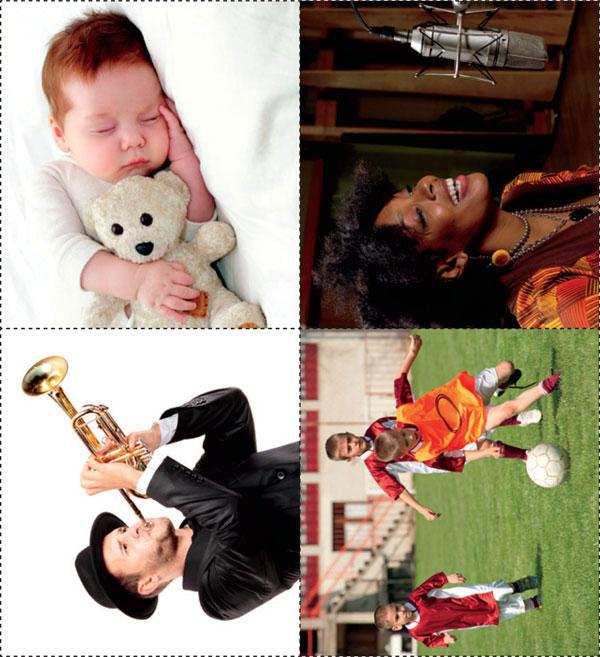
ACTION CARDS PART TWO
Teacher Directions: Keeping these photos in their respective categories, cut out the images and give each group a set of pictures. Students are to create a sentence using the present progressive for each image and then present their images and sentences to the class.
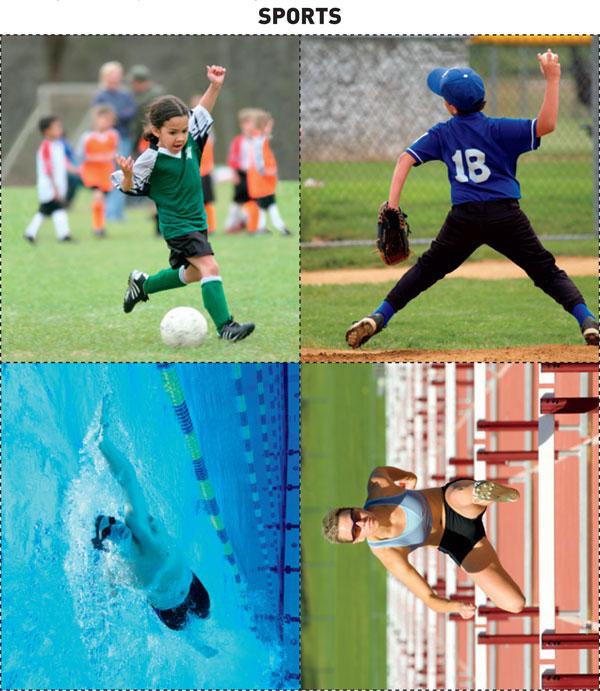
ACTION CARDS PART TWO
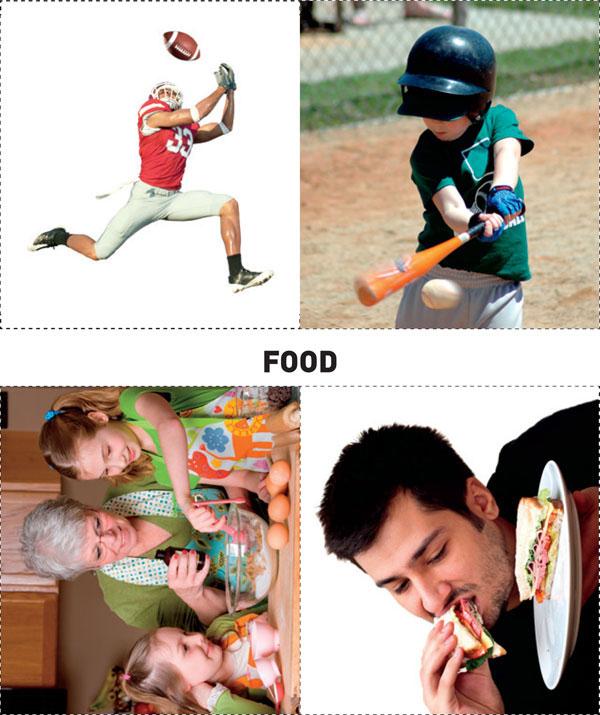
ACTION CARDS PART TWO

ACTION CARDS PART TWO

ACTION CARDS PART TWO
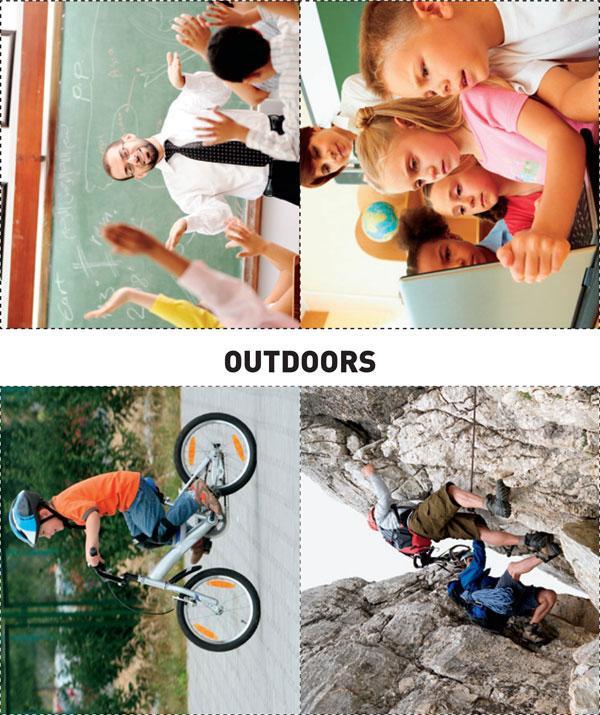
ACTION CARDS PART TWO
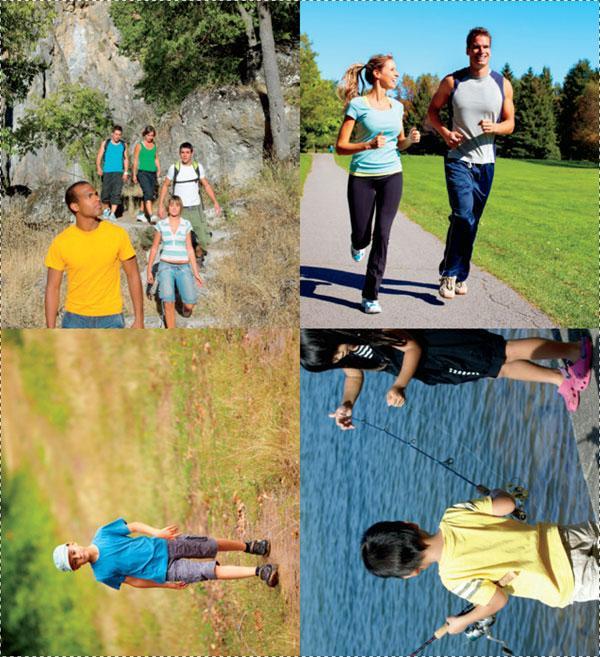
EXAMPLES OF WIRE PEOPLE
